Is the intelligent driving technology of Xiaomi SU7 reliable? The intelligent driving technology of Xiaomi SU7 has some highlights, but there are also limitations, and the whole is at the L2 to L2+ level, so it is necessary to rationally look at the boundaries of its capabilities.
The system can monitor driver fatigue in real time, and actively intervene to take over the control through the in-vehicle camera and biosensor. In the long-distance experience from Shenzhen to Beijing, the system triggered warnings three times through heart rate monitoring, successfully avoiding the risk of straying from the lane due to fatigue and distraction.
Through 5G+V2X technology, the vehicle can interact with urban traffic signals and road condition data in real time, reducing congestion waiting time by 11%; the Xiaomi HyperOS system seamlessly connects Smart Driving and Smart Home, supporting voice control to change lanes and adjust the following distance, with a measured response delay of less than 0.3 seconds.
The perceived stability in extreme weather (rain, snow and fog) is better than that of Tesla Autopilot; it actively stays close to the car in front to prevent congestion on congested roads, and the VLM visual language model accurately identifies tidal lanes, yielding to crossing e-bikes, and other scenarios that are unique to China.
Is the smart driving technology of Xiaomi SU7 reliable? Xiaomi SU7’s intelligent driving technology is only between L2 and L2+, still belonging to the category of assisted driving. The public lacks understanding of the grading and functional boundaries of intelligent driving technology, and often confuses assisted driving with automatic driving, mistakenly believing that switching on intelligent driving will give them peace of mind.

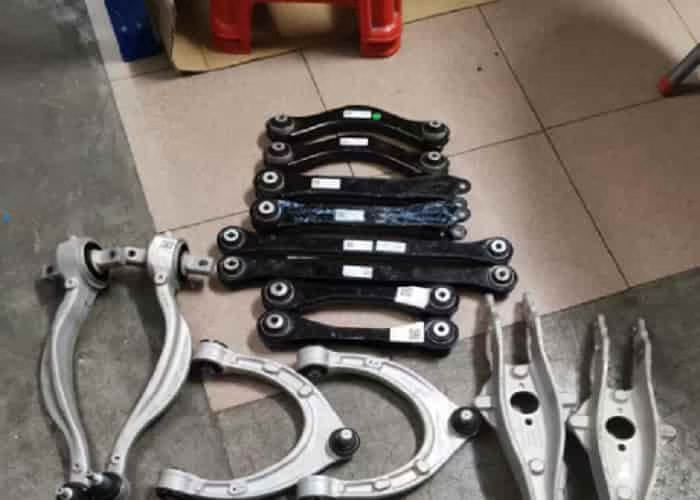
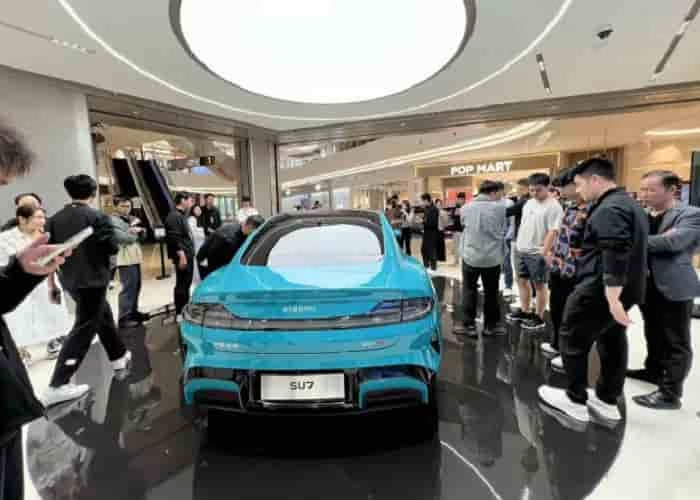
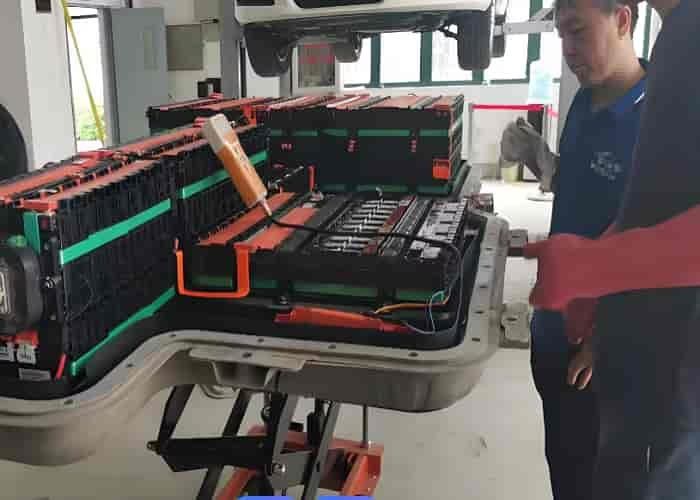
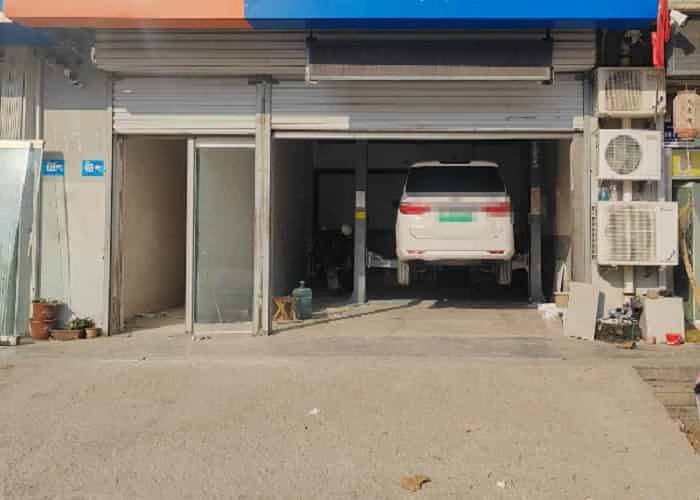
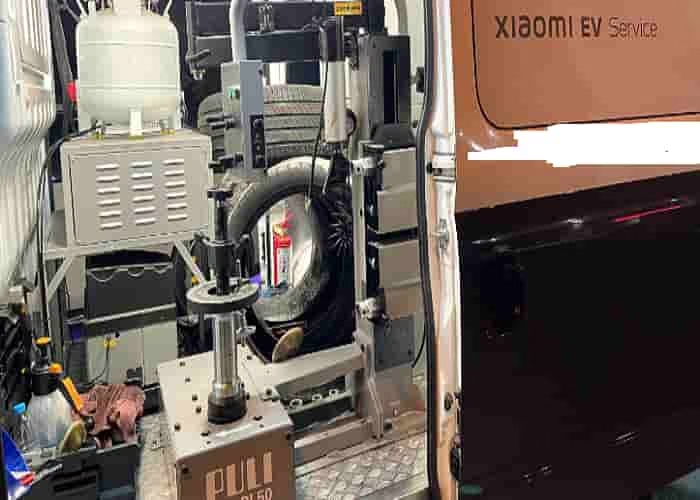
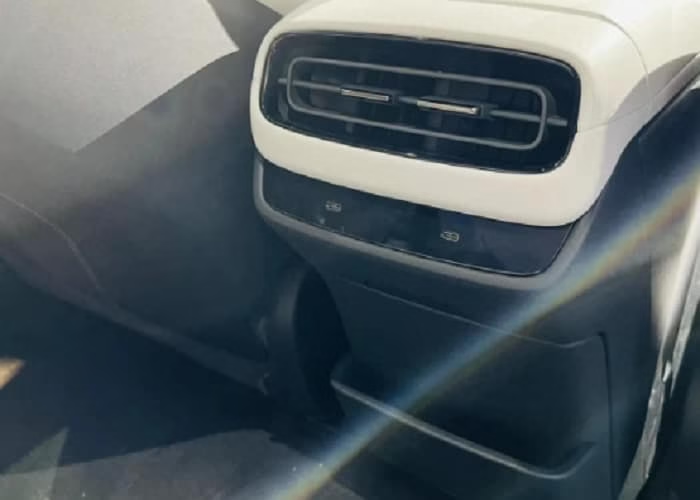
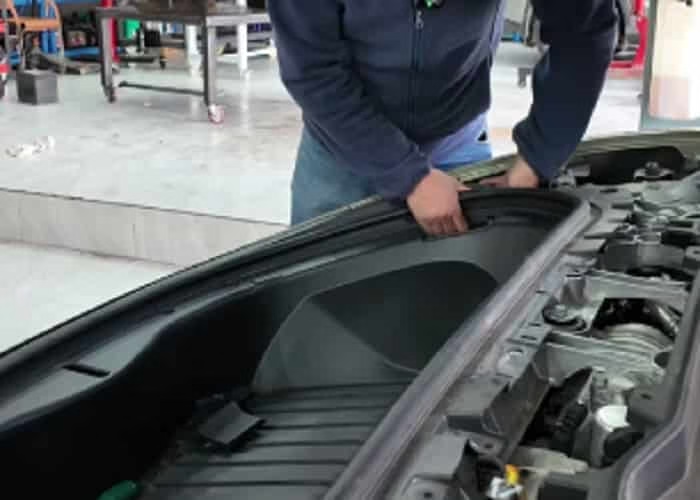
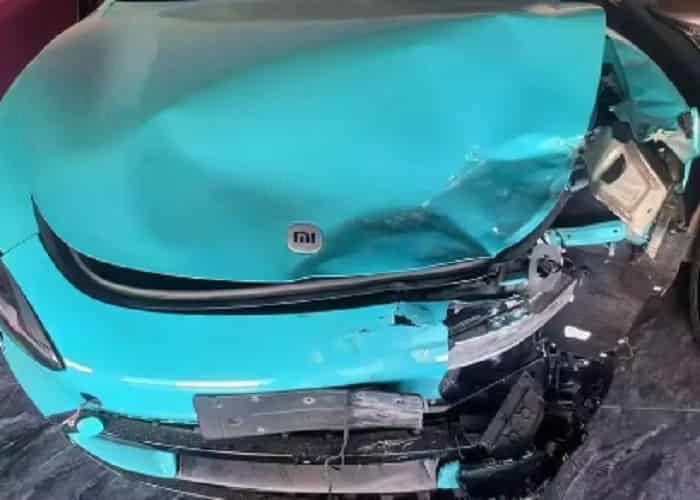

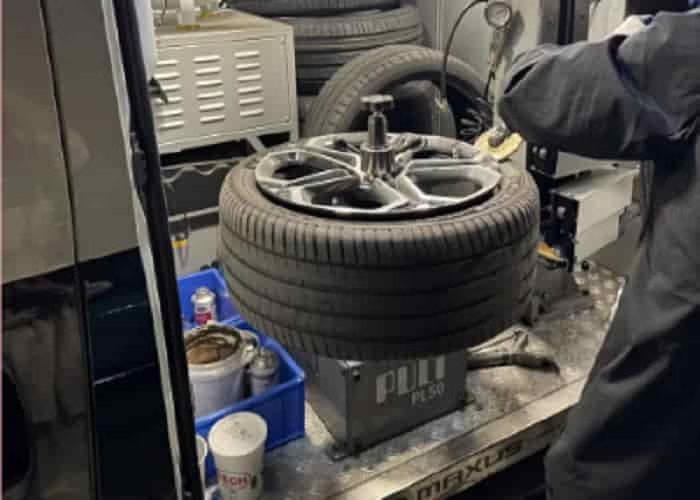
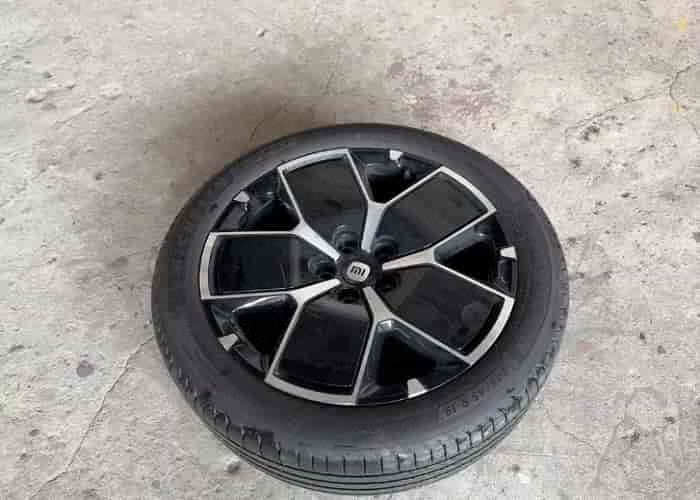




Leave a Reply